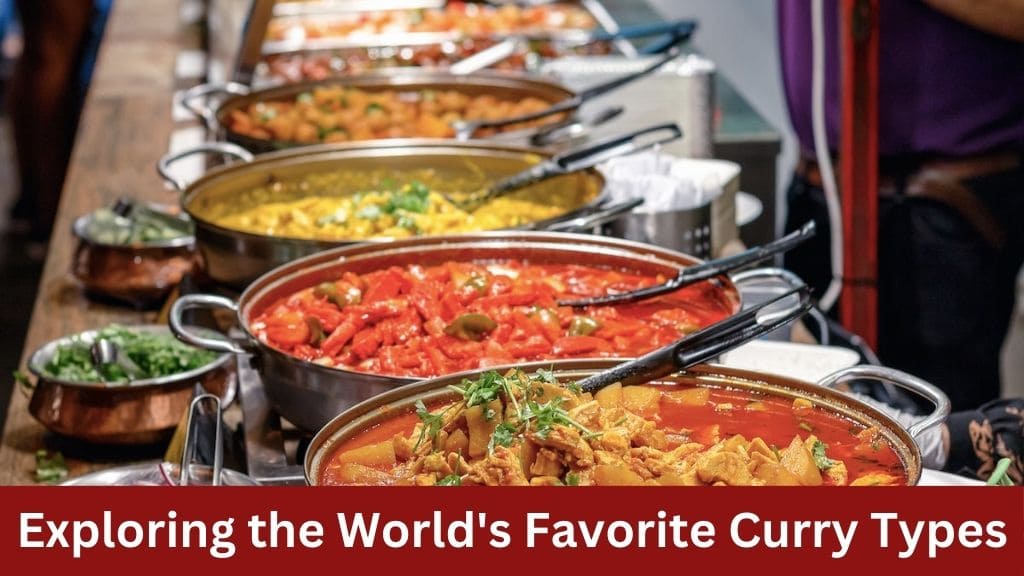Curry, with its rich history and diverse flavors, is a beloved culinary delight enjoyed by millions worldwide. From its origins in the Indian subcontinent to its global spread, curry has evolved into countless variations, each offering a unique blend of spices, aromas, and textures. In this comprehensive guide, we’ll embark on a flavorful journey to discover some of the most popular types of curry from around the world.
Curry is a versatile sauce that is characterized by its creamy, savory, and aromatic qualities. Its origins can be traced back to the Indian subcontinent, where it was traditionally made using a combination of spices, herbs, and other ingredients. Over time, curry became popular among European colonialists, leading to its spread across the globe.
Contrary to popular belief, the term “curry” is not of Indian origin but likely derives from the Tamil word “kari,” meaning sauce. British attempts at pronouncing the word resulted in the term “curry” as we know it today. The allure of curry’s aromatics and flavors captured the hearts and palates of people worldwide, leading to the creation of numerous regional variations.
Popular Indian Curries
Korma

Korma is a classic Indian curry known for its creamy texture and delicate flavors. Originating from the Mughal cuisine of India’s subcontinent, korma is traditionally made by braising meats or vegetables in a luxurious sauce made with yogurt or cream, stock, and a blend of aromatic spices. The result is a rich and indulgent dish that is perfect for cozying up on chilly evenings.
What sets korma apart is its versatility. Whether you’re a fan of tender chicken, succulent lamb, or hearty vegetables, korma can be customized to complement your protein or veggie of choice. Additionally, adding nut butter to the sauce can elevate its texture and add a delightful richness to the dish.
While korma is widely available at Indian restaurants and grocery stores in pre-packaged forms, making it from scratch allows you to tailor the flavors to your liking. With its mild yet flavorful profile, korma is a beloved curry style that appeals to both seasoned curry enthusiasts and those with more sensitive palates.
Saag
:max_bytes(150000):strip_icc()/sarson-ka-saag-1957985-hero-01-7bb3c7be6bec456da4407eda0ef95707.jpg)
Saag is another popular Indian curry that hails from the Punjab region. This nutritious dish is made by blending mustard leaves and spinach with a medley of spices, resulting in a vibrant green curry that is as visually appealing as it is delicious.
One of the distinguishing features of saag is its characteristic bitterness, which is balanced by the addition of spinach. The combination of mustard greens and spinach gives saag its unique flavor profile, making it a favorite among curry aficionados.
Saag is typically served with a slice of fresh butter or ghee and enjoyed with rice, roti, or naan bread. The slow-cooking process allows the flavors to meld together, resulting in a curry that is both comforting and deeply satisfying.
Palak Paneer
:max_bytes(150000):strip_icc()/5132484-86d20619586e4e248fee69e7184bc0c9.jpg)
Palak paneer is a beloved Indian dish that is often mistaken for saag due to its similar green hue. However, while both dishes feature spinach as a primary ingredient, palak paneer is made using fresh-pressed cheese (paneer) and a tangy yogurt base, giving it a distinct flavor profile.
Originating from the Punjab region like saag, palak paneer is known for its creamy texture and tangy taste. The combination of spinach, paneer, and spices creates a harmonious blend of flavors that is both comforting and satisfying.
One of the best things about palak paneer is its simplicity. With just a handful of ingredients and a little over half an hour of cooking time, you can whip up a delicious batch of this traditional curry in no time. Whether served with basmati rice, naan bread, or both combined, palak paneer is sure to add a burst of flavor to your meal.
Vindaloo
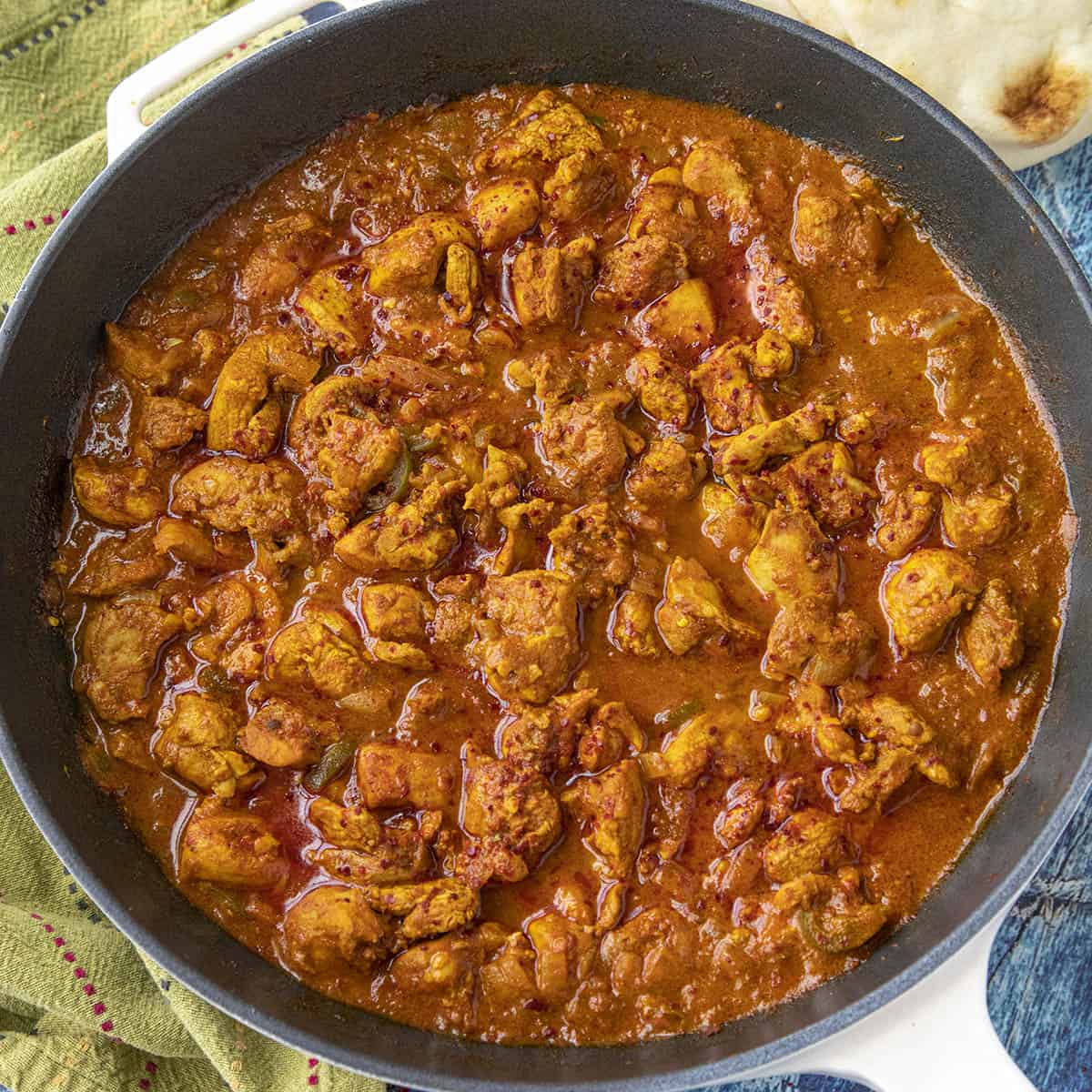
Vindaloo is a bold and spicy curry that originates from the Indian state of Goa. This special curry has its roots in Portuguese cuisine and is known for its robust flavor and fiery kick.
Traditionally, vindaloo is made by marinating meat (usually pork) in a mixture of wine, vinegar, and spices before slow-cooking it to perfection. The addition of red Kashmiri chilies and spices gives vindaloo its characteristic heat, making it a favorite among spice enthusiasts.
One of the unique aspects of vindaloo is its adaptability. While pork is the traditional protein of choice, you can also use chicken, beef, or even potatoes to customize the dish to your liking. Fresh peppers are a popular addition, adding an extra layer of heat and flavor to the curry.
British-Inspired Curries
Tikka Masala
Tikka masala is perhaps the most iconic of all British curries, often hailed as the nation’s unofficial national dish. Despite its popularity, the true origins of tikka masala remain shrouded in mystery, with competing claims about its creation.
This creamy and aromatic curry typically features tender chunks of char-grilled chicken simmered in a luscious sauce made with a blend of spices, tomatoes, cream, and yogurt. The sauce itself is a medley of flavors, with garam masala, red chili powder, cumin, turmeric, coriander, and salt creating a rich and complex profile.
One of the things that sets tikka masala apart is its versatility. While chicken is the most common protein used, you can also find variations with lamb, prawns, or even vegetables. Regardless of the protein, the key to a good tikka masala lies in the sauce, which should be creamy, spicy, and bursting with flavor.
Tikka masala has not only become a staple in British households but has also gained popularity around the world. Its creamy texture and bold flavors make it a favorite among curry enthusiasts and novices alike, cementing its status as a true culinary classic.
Other British-Inspired Curries
:max_bytes(150000):strip_icc()/seitan-tikka-masala-on-rice-with-soy-yogurt-and-served-with-paratha-breads-and-tea-556451893-58a713563df78c345b722c99.jpg)
While tikka masala may be the most famous, it’s not the only British-inspired curry worth exploring. British curry houses offer a wide range of dishes, each with its own unique flavor profile and history.
Curries like korma, madras, and jalfrezi are also popular choices among British curry lovers. Korma is known for its creamy texture and mild flavor, making it a favorite among those with more sensitive palates. Madras, on the other hand, is prized for its spicy kick and robust flavor, thanks to the generous use of chili peppers and spices. Jalfrezi is a stir-fried curry that features a combination of meat, vegetables, and spices, resulting in a dish that is both hearty and flavorful.
Thai Curries
Red Curry

Red curry is one of the most iconic Thai curries, known for its bold flavors and vibrant red hue. The base of the curry paste is made by grinding together a combination of lemongrass, ginger, garlic, shallots, and chili peppers, along with an aromatic mixture of spices such as coriander, cumin, and cinnamon.
What sets red curry apart is its fiery heat, which comes from the generous use of chili peppers in the curry paste. Despite its spiciness, red curry is balanced by the creamy richness of coconut milk, which gives the curry its characteristic broth-like consistency.
Red curry is incredibly versatile and can be customized with a variety of proteins, vegetables, and aromatics. Common additions include chicken, beef, shrimp, tofu, bell peppers, bamboo shoots, and Thai basil. Served with a side of jasmine rice or noodles, red curry is a comforting and satisfying meal that is sure to please spice lovers.
Green Curry
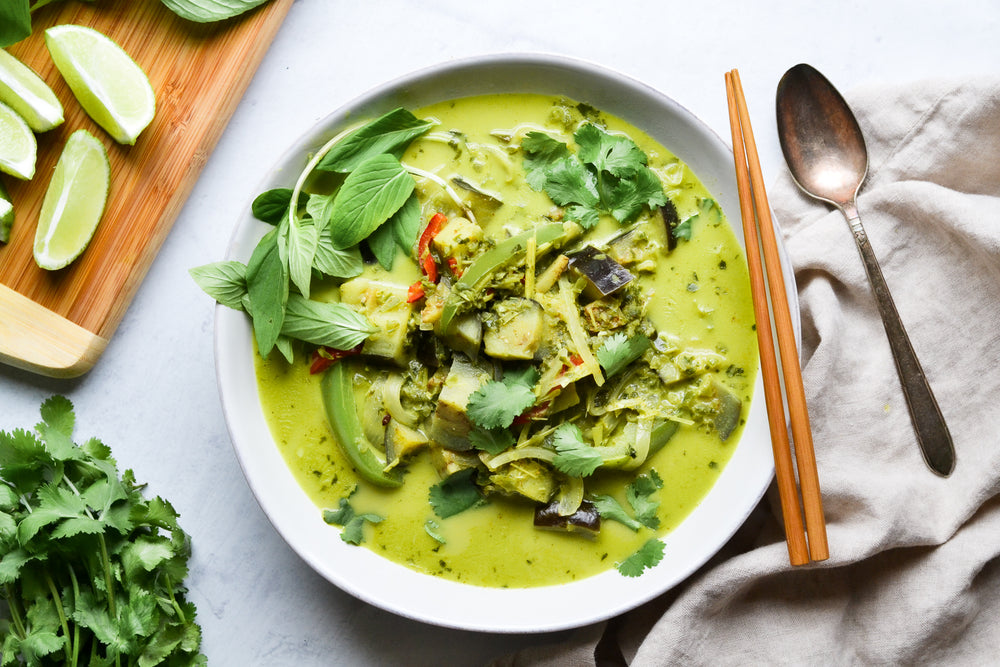
Green curry is a milder and subtly sweeter alternative to red curry, making it a popular choice for those who enjoy a little punch without overwhelming heat. Like red curry, the base of the curry paste is made with lemongrass, ginger, garlic, shallots, and chili peppers, but the addition of fresh green bird’s eye chilies gives green curry its distinctive color and flavor.
Coconut cream adds an accent of sweetness to the sauce, rounding out the complementary ingredients and creating a creamy and aromatic curry. Similar to red curry, green curry is typically served with a variety of proteins and vegetables, such as chicken, shrimp, eggplant, and Thai basil.
Yellow Curry
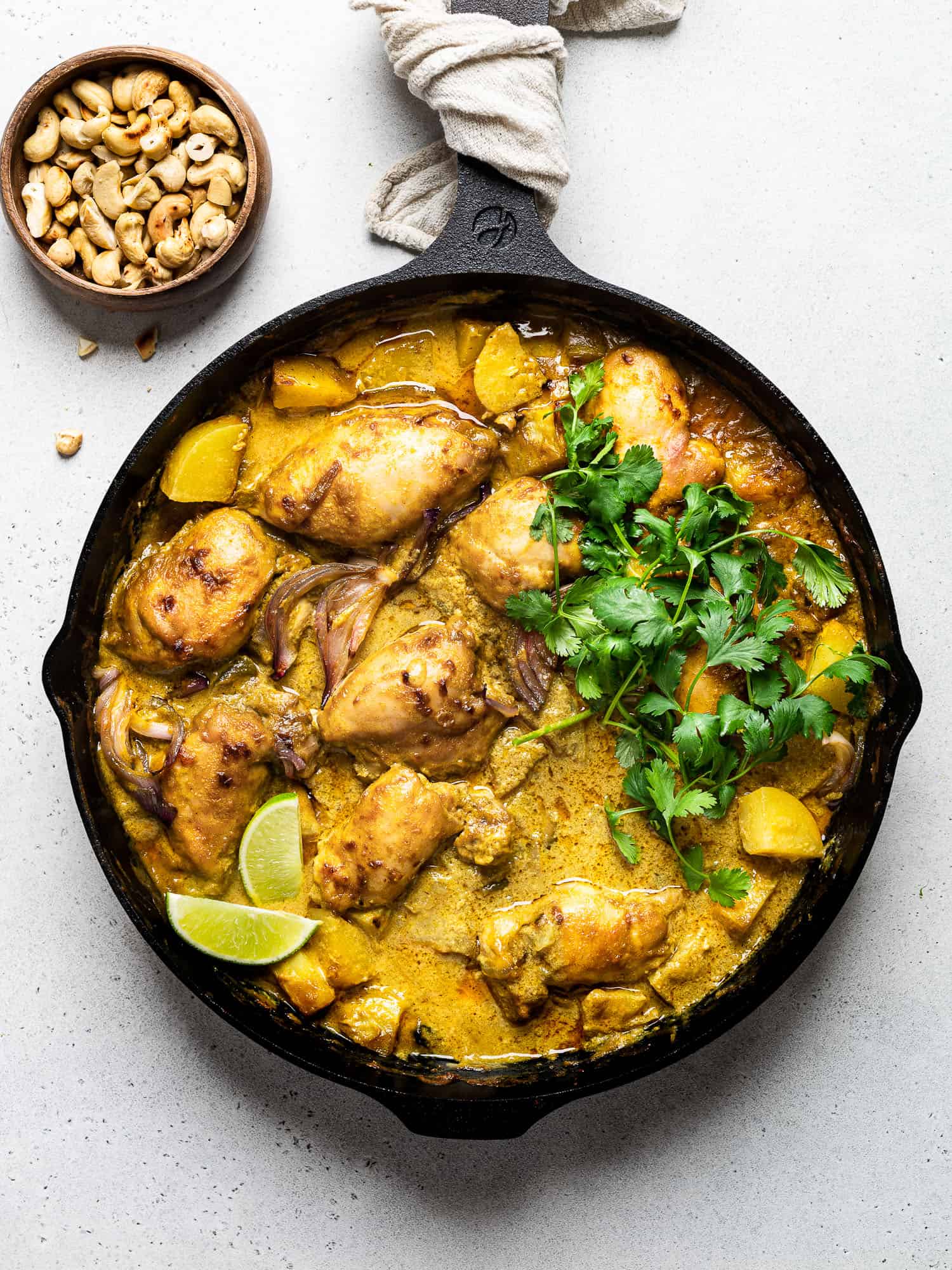
Yellow curry is known for its mild flavor and vibrant yellow color, which comes from the addition of turmeric root or powder. The base of the curry paste is similar to red and green curry, with lemongrass, ginger, garlic, and shallots providing the foundation of flavor.
Coconut milk adds richness to the sauce, while a blend of spices such as cumin, coriander, and cinnamon infuses the curry with warmth and depth. Yellow curry is often paired with chicken, beef, or vegetables, along with potatoes, carrots, and onions.
Other Thai Curries

In addition to red, green, and yellow curry, Thai cuisine offers a variety of other curry options, each with its own unique flavors and ingredients. Panang curry is sweeter and creamier than other Thai curries, with the addition of peanuts and basil leaves adding depth of flavor. Massaman curry, influenced by Indian curries, features fragrant and milder flavors, making it an excellent choice for those who prefer less heat.
Southeast Asian Curries
Rendang Curry (Indonesia)
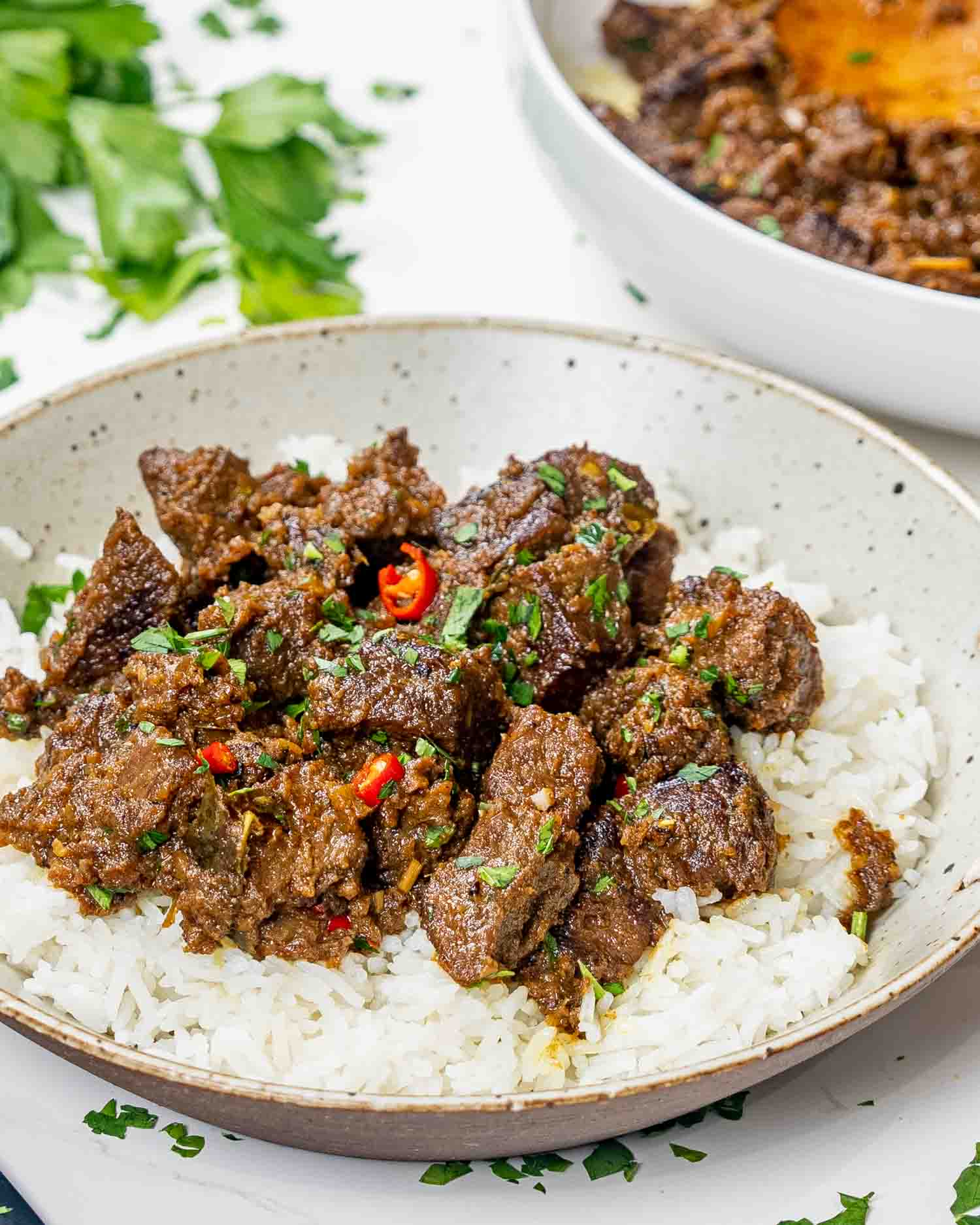
Rendang curry is Indonesia’s most famous curry, known for its rich and complex flavors. Originating from the Minangkabau ethnic group of West Sumatra, rendang is traditionally made by slow-cooking beef or chicken in a mixture of coconut milk and spices until it becomes tender and caramelized.
What sets rendang apart is its dry and intensely flavorful sauce, which is infused with a blend of spices such as lemongrass, galangal, ginger, turmeric, and chili peppers. The slow-cooking process allows the flavors to meld together, resulting in a dish that is both aromatic and deeply satisfying.
Rendang curry is often served with rice or flatbread and is a staple in Indonesian cuisine, particularly during festive occasions and celebrations. Its rich and complex flavors have earned it a place among the world’s most iconic curries.
Devil Curry (Malaysia)
Devil curry, also known as “curry debal,” is a spicy and tangy curry that hails from Malaysia. This unique dish is a fusion of Malay, Indian, and Eurasian culinary influences and is traditionally made with a blend of vinegar, tomato paste, mustard, and chili peppers.
What sets devil curry apart is its bold and fiery flavors, which are tempered by the addition of tangy vinegar and tomato paste. Mustard seeds and black pepper add depth and complexity to the sauce, while potatoes and meat (typically chicken) provide hearty texture and substance.
Devil curry is traditionally served as a festive dish during holidays and special occasions, particularly in the Eurasian communities of Malaysia. Its bold flavors and vibrant colors make it a favorite among spice enthusiasts and curry lovers alike.
Amok Curry (Cambodia)

Amok curry, also known as “amok trei,” is Cambodia’s national dish and a testament to the country’s rich culinary heritage. This unique curry features steamed fish or seafood cooked in a fragrant sauce made with coconut milk and spices.
What sets amok curry apart is its delicate and aromatic flavors, which are achieved by blending together a mixture of lemongrass, galangal, kaffir lime leaves, and turmeric. The fish is typically marinated in this spice mixture before being wrapped in banana leaves and steamed to perfection.
Amok curry is often served with rice and is a popular choice among locals and tourists alike. Its fragrant aroma and delicate flavors make it a true culinary delight and a must-try dish for anyone visiting Cambodia.
Other Southeast Asian Curries
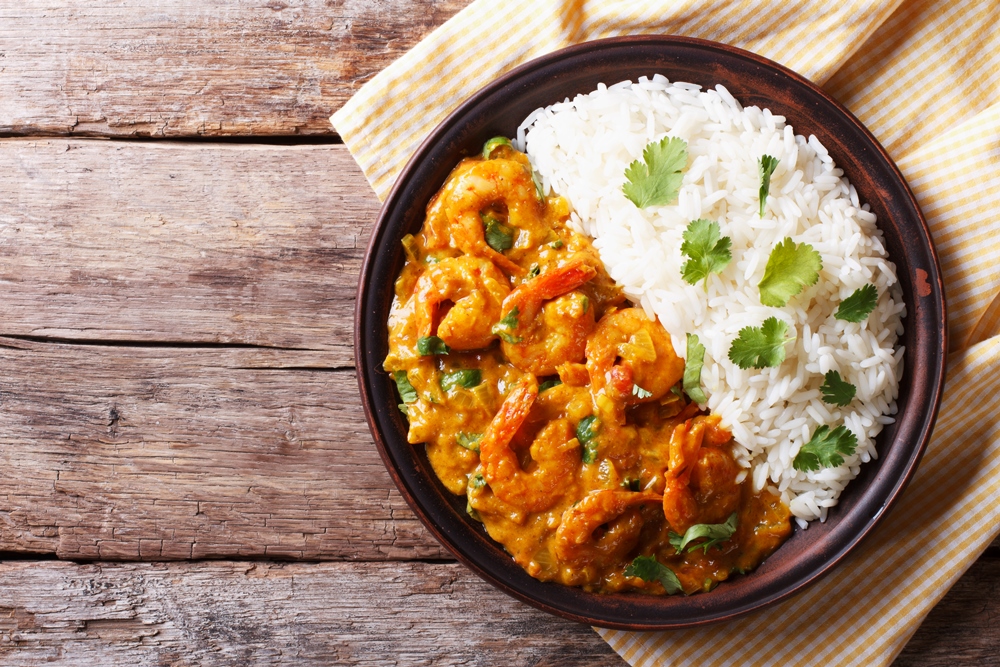
In addition to rendang, devil, and amok curry, Southeast Asia offers a variety of other curry options, each with its own unique flavors and ingredients. Laos’ mok pa features steamed fish wrapped in banana leaves and cooked with local spices and herbs, while Myanmar’s pazun hin is a mild and aromatic shrimp curry.
East Asian Curries
Japanese Curry (Kare Raisu)
:max_bytes(150000):strip_icc()/__opt__aboutcom__coeus__resources__content_migration__serious_eats__seriouseats.com__recipes__images__2017__12__20171127-japanese-curry-vicky-wasik-17-ddb305d228934e2ca19341306ec6b0ae.jpg)
Japanese curry, known as “kare raisu,” is a beloved comfort food in Japan and a staple of Japanese cuisine. Introduced to Japan during the Meiji period (1868-1912), Japanese curry has evolved into a uniquely Japanese dish with its own distinct flavor profile.
Japanese curry is characterized by its thick and hearty gravy-like consistency, which is achieved by simmering meat, vegetables, and potatoes in a roux made from flour, oil, and curry spices. The curry roux typically includes a blend of spices such as curry powder, garam masala, and turmeric, giving it a rich and aromatic flavor.
What sets Japanese curry apart is its mild and slightly sweet taste, which makes it accessible to a wide range of palates, including children. Common additions to Japanese curry include chicken, beef, pork, carrots, onions, and potatoes, all of which contribute to its hearty and satisfying texture.
Japanese curry is often served over a bed of steamed rice (“kare raisu”) and is a popular comfort food in Japan. It can also be found in pre-packaged form in grocery stores, making it a convenient and easy meal option for busy families.
Korean Curry (Ka-re)

Korean curry, known simply as “ka-re” in Korean, is a lesser-known but equally delicious variation of curry in East Asia. Introduced to Korea during the Japanese colonial period, Korean curry has since become a popular comfort food in Korean households.
Korean curry is similar to Japanese curry in many ways, featuring a thick and hearty gravy-like sauce made from a roux and curry spices. However, Korean curry tends to be spicier and more robust in flavor, with a greater emphasis on savory and umami-rich ingredients.
Common additions to Korean curry include potatoes, carrots, onions, and meat such as beef or chicken. Unlike Japanese curry, Korean curry often incorporates additional ingredients like Korean chili paste (“gochujang”) or Korean chili powder (“gochugaru”), which give it a unique and distinctly Korean flavor profile.
Korean curry is typically served over a bed of steamed rice and is a popular comfort food in Korea, particularly during the colder months. It can also be found in pre-packaged form in Korean grocery stores, making it a convenient and easy meal option for busy households.
Other East Asian Curries
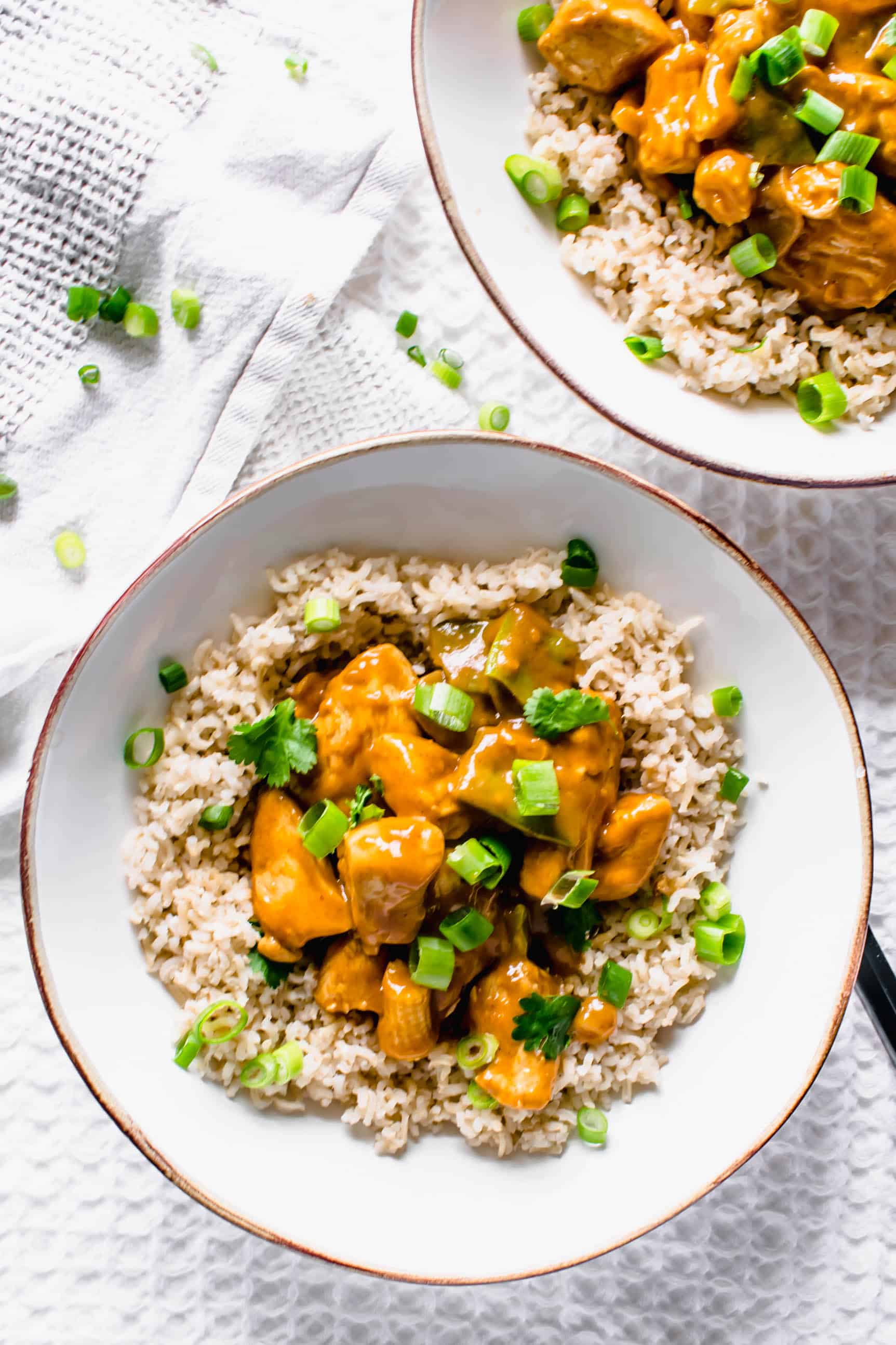
While Japanese and Korean curry may be the most well-known in East Asia, other countries in the region also have their own unique takes on this beloved dish. In China, for example, curry dishes are often influenced by the cuisine of neighboring countries like India and Thailand, resulting in a fusion of flavors and ingredients.
Conclusion
From the aromatic spices of Indian curries to the bold flavors of Southeast Asian varieties, curry offers a diverse and exciting culinary experience. Whether you prefer mild and creamy or spicy and tangy, there’s a curry for every palate. So why not embark on your own curry adventure and explore the world of flavors that this beloved dish has to offer?

